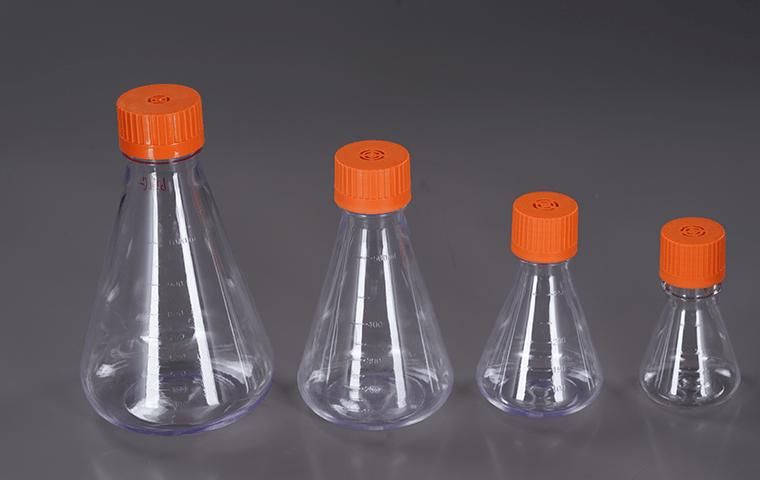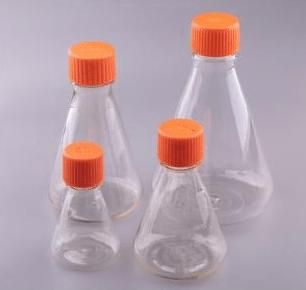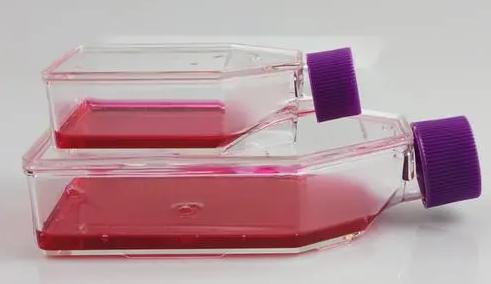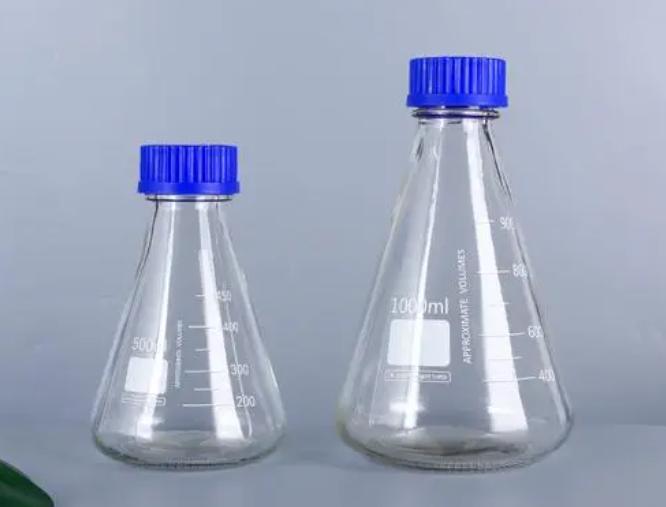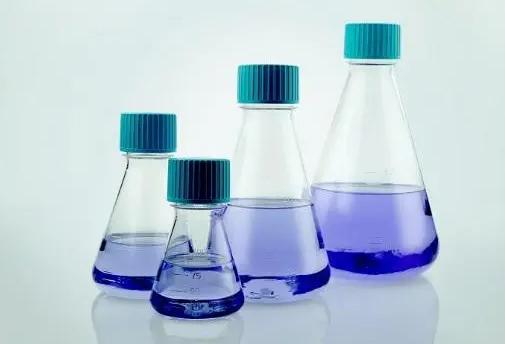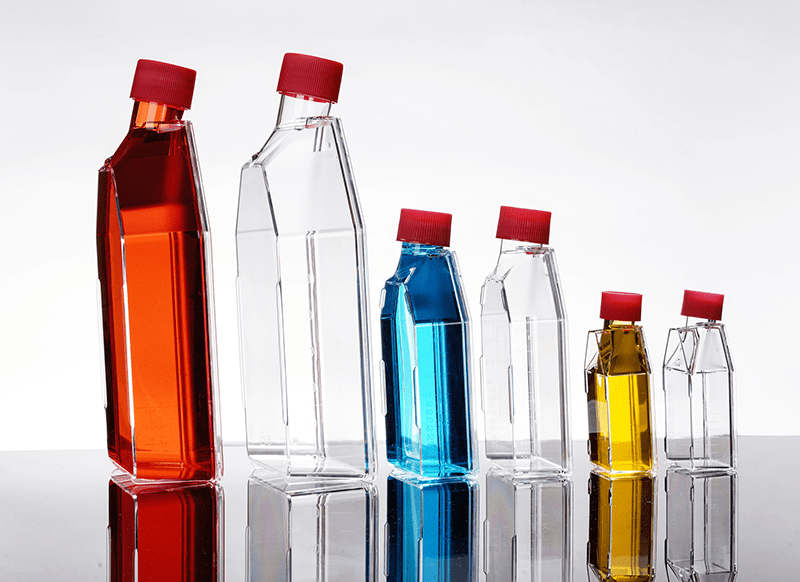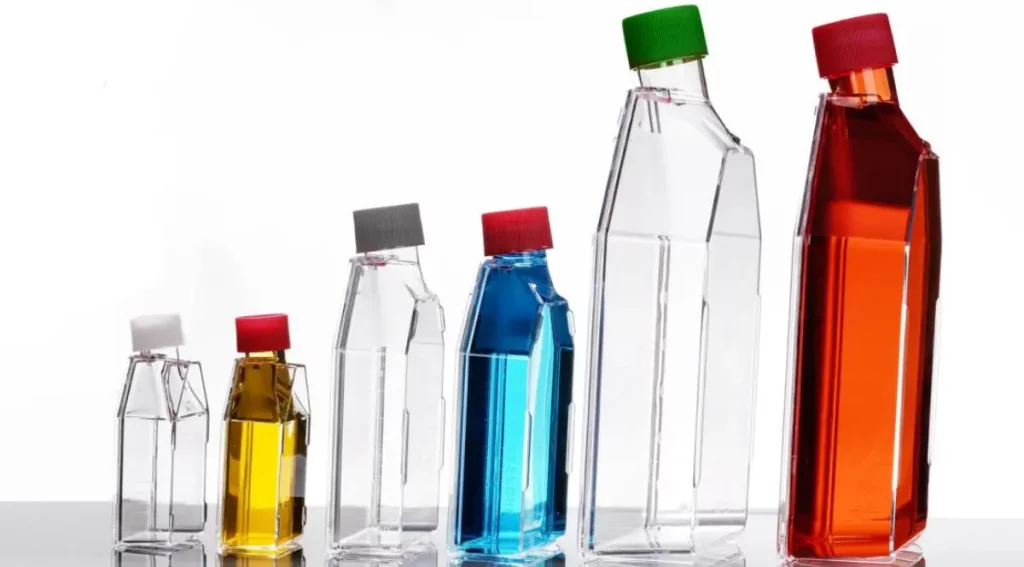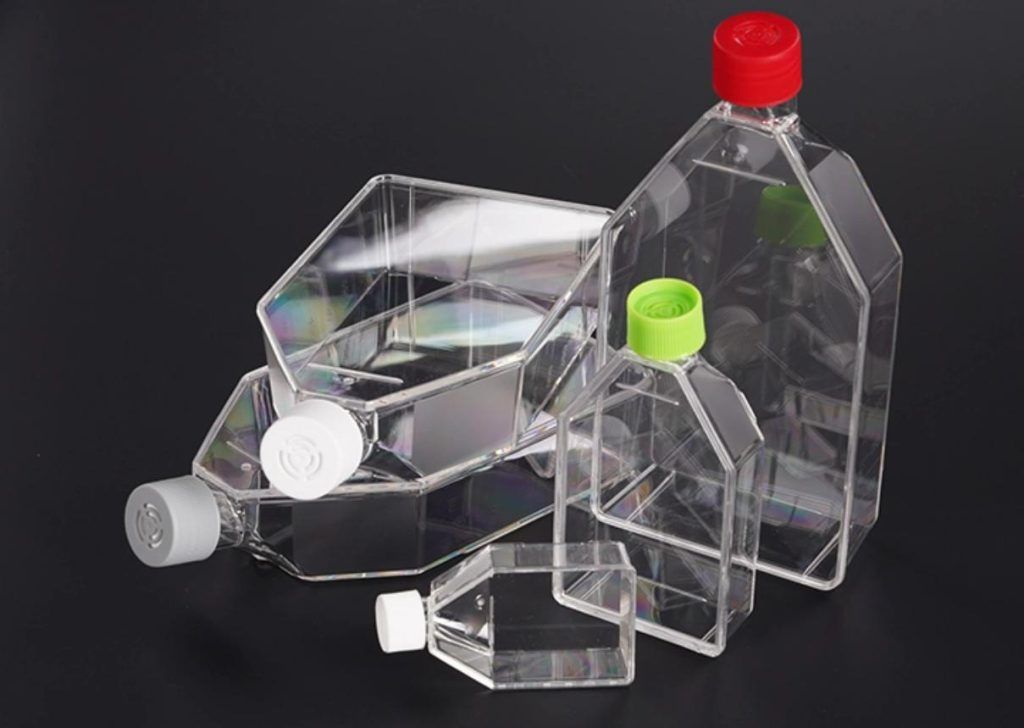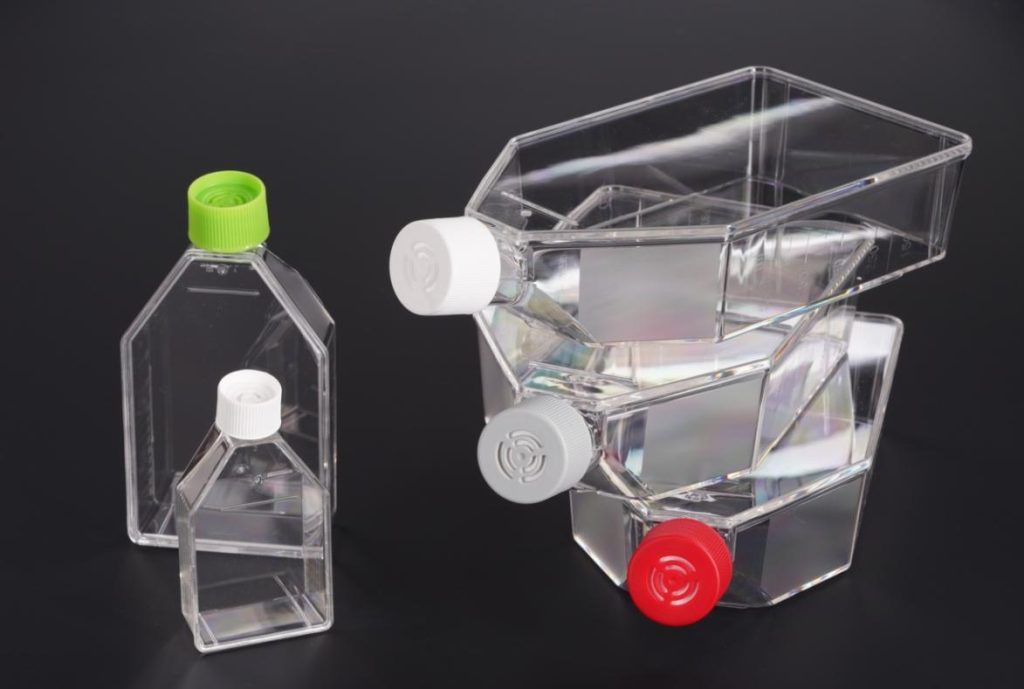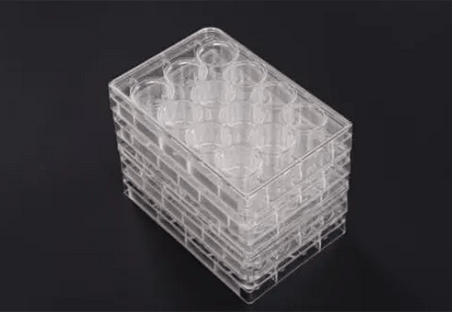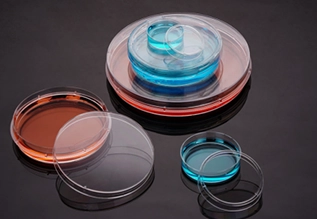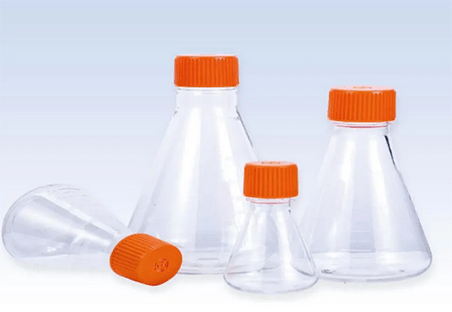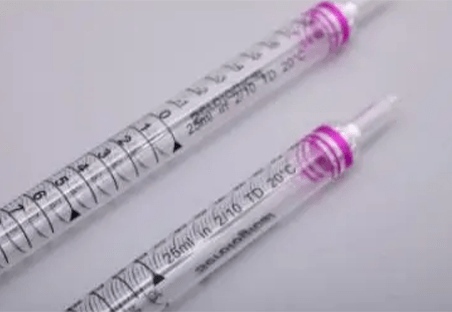A curious thing happens inside almost every academic lab and large-scale pharmaceutical suite: staggered rows of Erlenmeyer flasks keep appearing on benches and fume-hood shelves alike. The conical chamber has proved so handy that chemists, biologists, and process engineers now describe it as irreplaceable. A quick walk through any university facility shows the same equipment list, whether the project involves salt-fire chromatography or strain-island culture collections.
What Exactly Is an Erlenmeyer Flask?
An Erlenmeyer flask, also known as a conical flask, is one of the most common tools found in laboratories, but its design is far from ordinary.
- Wide, stable base — prevents tipping during mixing or heating
- Tapered, conical body — allows for smooth, controlled swirling
- Narrow neck — reduces splashes and evaporation
Why it matters: Every curve and angle of an Erlenmeyer flask serves a purpose. Whether you’re working with chemicals, cultures, or solutions, this shape minimizes mess, maximizes safety, and enhances precision.
Materials
- Borosilicate glass — highly resistant to heat and chemicals
- Polypropylene (PP) or PTFE — for specialized chemical compatibility
| Typical Sizes | 125 mL, 250 mL, 500 mL, 1000 mL |
| Available Colors | Clear, Amber/Brown (for light-sensitive substances) |
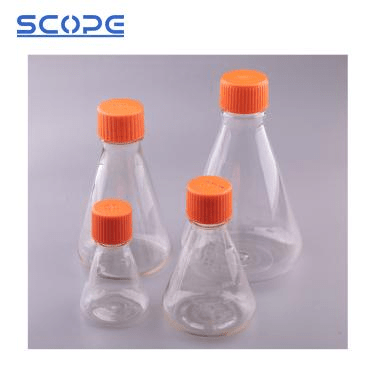
Why Erlenmeyer Flasks Are Essential in Real
Although scientists now work with digital sensors and automated pipettors, the wooden handle of the classic Erlenmeyer still enjoys a loyal following. Wide, stable bottom keeps the assembly grounded the moment it is placed on the bench. Tapered neck prevents splash-back during hasty pours that sometimes accompany routine sample transfers. Even the faint, graduated markings on glass allow a rapid eyeball estimate of remaining volume without fiddling with an external measure.
Long, Fluid Transfer Without Mess.
A poured liquid behaves like an indecisive dancer; it may wobble, hesitate, and finally tip when least expected. The flasks low centre of gravity resists that first surprising lurch, saving both the chemist and the expensive reagent. By the time an experimenter feels confident enough to push the tip-up angle, the misshapen spout has already narrowed enough to check any dribble.
Instant Vortex with Minimal Force.
Swirling an Erlenmeyer is like a relaxed wrist flick that accidentally deposits respectable angular momentum into another space. Inside, the conical cavity channels the liquid into an impromptu tornado, shearing solutes or particulates into uniform suspension. The motion remains confined, so even distracted lab mates and the shared fume-hood air remain unharmed.
Visibility During Titration.
An acid-base drop is subtle; a disappearing hint of pink or a flash of gold should not compete with noisy bench clutter. When a burette tip is snug against a narrow neck rather than slackened into a parched beaker, the observer enjoys a periscope view of the threshold moment. An automatic faceless mixer might accomplish the task faster, but that fleeting flash and the eureka it provokes demands an attentive human player.
Open-Head Growth for Microbes.
Glass walls tolerate the denatured steam of an autoclavable regime while still allowing a cork or loose foil to breathe. In Plateau or shake flasks, the culture enjoys passive aerobic ventilation without the snarl of replaced complex manifolds. Some labs even borrow spare Erlenmeyer as quick-and-dirty cellular bioreactors in late-night contingency pulls.
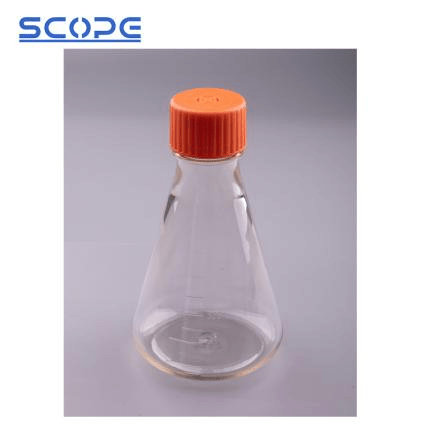
How to Use Erlenmeyer Flasks Correctly: Practical Tips
| Action | Why It Matters |
| Inspect for Damage | Cracks or chips weaken the flask, risking leaks or breakage. |
| Clean Thoroughly | Residues from past experiments distort results—always clean with soap, brushes, and distilled water. |
| Choose Proper Material | Glass for heat resistance; PP/PTFE for aggressive chemicals. |
| Seal with Stoppers | Prevent spills, limit evaporation, and protect cultures from contamination. |
| Use Heating Mantles | Even heat prevents localized stress—safer than direct flames. |
| Label Clearly | Avoid mix-ups; correct labeling boosts lab safety and efficiency. |
| Dispose Responsibly | Damaged glass belongs in proper waste streams—protect people and the environment. |
These small steps dramatically reduce accidents, contamination risks, and wasted materials.
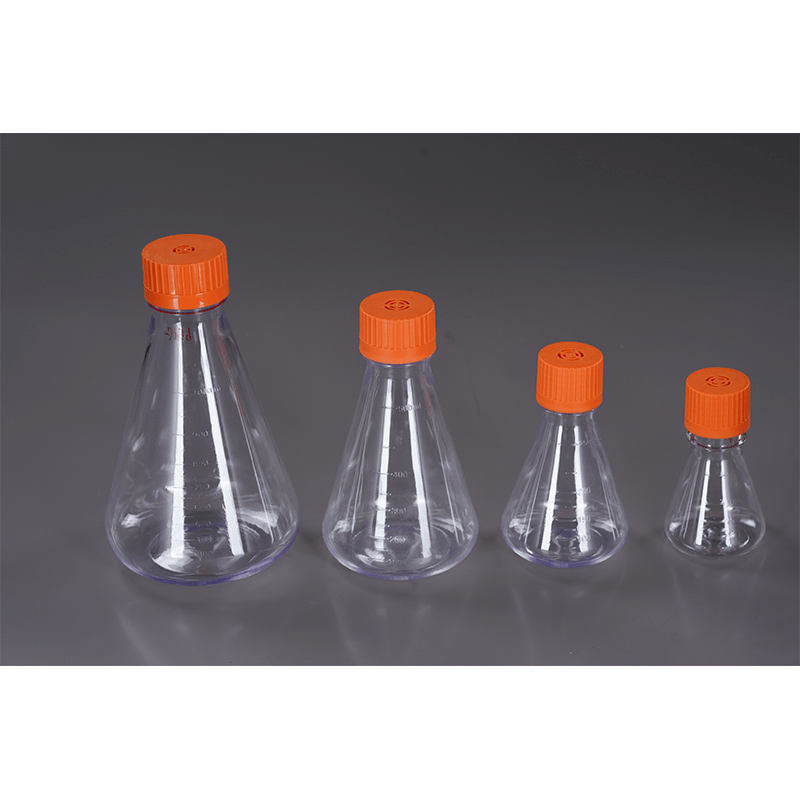
Common Lab Mistakes to Avoid
- Using cracked or chipped flasks leads to leaks or dangerous breakage
- Heating on direct flame — increases the risk of glass failure
- Inadequate cleaning — residual substances distort results
- Missing labels — causes costly mix-ups or safety risks
- Ignoring material compatibility — damages the flask or compromises experiments
Pro Tip: Always match your flask choice to your experiment’s specific needs to avoid these common pitfalls.
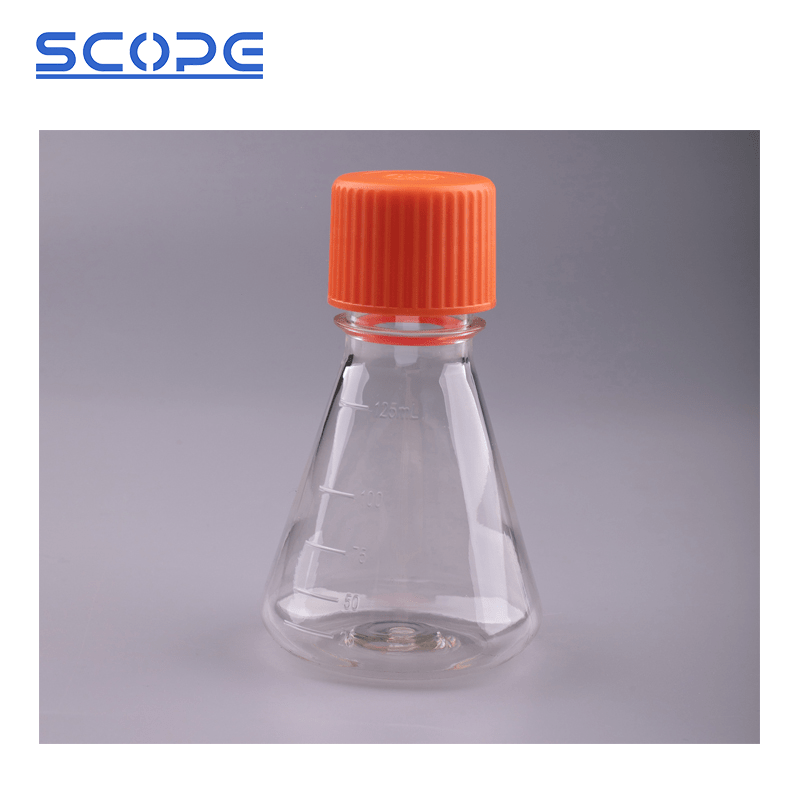
Why High-Quality Erlenmeyer Flasks Make a Real Difference
When working in fast-paced, high-stakes lab environments, cutting corners on equipment quality can lead to:
- Contamination of cultures
- Dangerous spills of hazardous materials
- Inaccurate results and wasted experiments
Investing in durable, reliable Erlenmeyer flasks offers:
- Superior resistance to thermal and chemical stress
- Clear volume markings for quick reference
- Compatibility with closures for safe transport or storage
- Options like amber glass for light-sensitive samples
Real Applications Across Scientific Fields
Chemistry Practicum-ors prepare working dilutions, carry out careful titrations, and mix reagents that demand exact concentrations. Each step hinges on glassware that can withstand repeated cleaning and measurement.
Microbiology exercises rely on Erlenmeyer flasks when students culture bacteria, yeast, or mammalian cells in broth, because the conical neck minimizes splashing during inoculation.
Hospital formulators and research pharmacists use the same flasks for sterile liquid-handling workflows, where every transfer could compromise patient safety.
Field scientists collecting estuary or soil samples value the wide mouth, which accepts a grab of sediment and rinses clear without residue.
Safety, repeatability, and durability count in every bench; the humble Erlenmeyer holds fast.
Conclusion: One Tool, Countless Lab Benefits
The Erlenmeyer flask is not just another piece of glassware — it’s a carefully designed solution to real laboratory challenges:
✅ Minimizes spills and contamination
✅ Enhances mixing, heating, and storage efficiency
✅ Supports reliable, reproducible experimental results
✅ Adaptable for use across multiple scientific disciplines
At ScopeLab, we supply lab-grade Erlenmeyer flasks built to the highest standards, ensuring your experiments are safe, efficient, and trustworthy.
